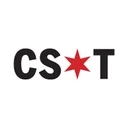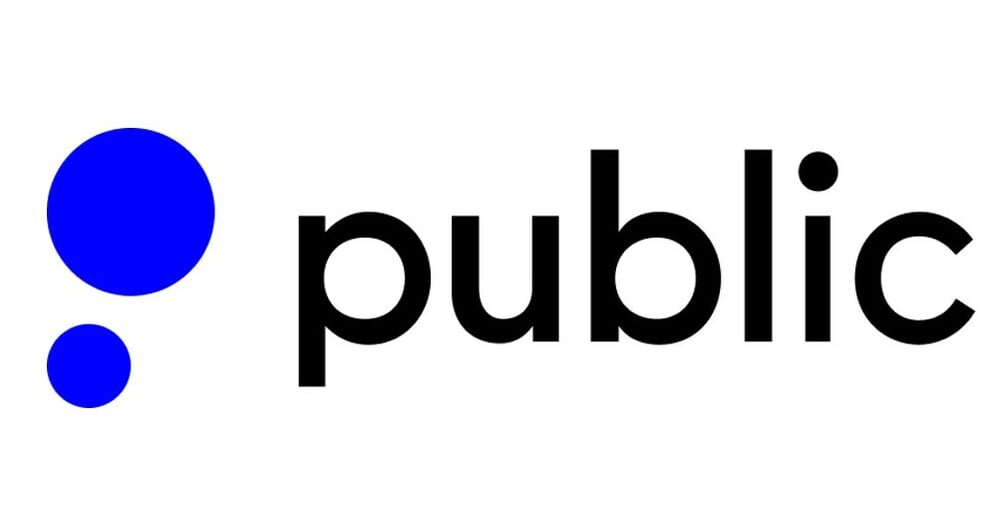7 Top High-Dividend ETFs by Yield for July 2025
High-dividend ETFs offer instant diversification and potential income.

Many, or all, of the products featured on this page are from our advertising partners who compensate us when you take certain actions on our website or click to take an action on their website. However, this does not influence our evaluations. Our opinions are our own. Here is a list of our partners and here's how we make money.
The investing information provided on this page is for educational purposes only. NerdWallet, Inc. does not offer advisory or brokerage services, nor does it recommend or advise investors to buy or sell particular stocks, securities or other investments.
Dividends can be a powerful source of income, and during times of stock market volatility, dividend-paying companies may even be more stable than their growth-stock peers. To generate income, some investors harness dividends by investing in dividend stocks individually, but there's another option for those who want to save some time and energy: high-dividend ETFs.
7 high-dividend ETFs
Below is a list of seven large-cap U.S. dividend ETFs, ordered by annual dividend yield. Note that some high dividend ETFs may come with higher risk (rather than the stability some dividend investors are looking for). Always read the fine print, investigate dividends that seem too good to be true and look at the components of the ETF to determine if it fits in your portfolio.
The best high-dividend ETF is Invesco KBW Premium Yield Equity REIT ETF (KBWY), which currently has a dividend yield of 9.73%. This is based on our screen of U.S. equity ETFs, which excludes inverse, leveraged and actively managed ETFs and any with expense ratios over 0.5%. | ||
|---|---|---|
Ticker | Company | Dividend Yield |
KBWY | Invesco KBW Premium Yield Equity REIT ETF | 9.73% |
XSHD | Invesco S&P SmallCap High Dividend Low Volatility ETF | 7.17% |
DIV | Global X SuperDividend U.S. ETF | 5.78% |
NUDV | Nuveen ESG Dividend ETF | 5.54% |
SPYD | SPDR Portfolio S&P 500 High Dividend ETF | 4.53% |
RDIV | Invesco S&P Ultra Dividend Revenue ETF | 4.16% |
DVY | iShares Select Dividend ETF | 3.88% |
Source: Finviz. ETF data is current as of July 1, 2025, and is intended for informational purposes only. | ||
High-dividend ETFs may generate income
Dividend-paying ETFs can be a great tool for those looking to increase cash flow and diversify their investments. They offer a simple solution to getting exposure to a specific investing niche — in this case, stocks that pay a regular dividend.
You can use those dividends to pad your income as many retirees do. You can also reinvest those dividends back into the fund to better take advantage of compound interest and grow your investment portfolio. Whatever you choose, dividend-paying ETFs make it easy to add a large variety of investments to your portfolio all at once.
» Wondering about the taxes? Learn more about dividend tax rates
NerdWallet rating 4.8 /5 | NerdWallet rating 4.6 /5 | NerdWallet rating 4.6 /5 |
Fees $0 per online equity trade | Fees $0 | Fees 0% - 4% varies by type of transaction; other fees may apply |
Account minimum $0 | Account minimum $0 | Account minimum $0 |
Promotion None no promotion available at this time | Promotion Earn up to $10,000 when you transfer your investment portfolio to Public. | Promotion Get $200 in crypto when you sign up. Terms Apply. |
How to invest in dividend ETFs
A dividend ETF typically includes dozens, if not hundreds, of dividend stocks. That instantly provides you with diversification, which means greater safety for your payout. Even if a few of the fund’s stocks cut their dividends, the effect will be minimal on the fund’s overall dividend. A safe payout should be your top consideration in buying any dividend investment.
Here’s how to buy a dividend stock ETF:
1. Find a broadly diversified dividend ETF. You can typically find dividend ETFs by searching for them on your broker's website. (No broker? Here's how to open a brokerage account.)
Probably the safest choice is a low-cost fund that picks dividend stocks from the S&P 500 stock index. That offers a broadly diversified package of top U.S. companies.
2. Analyze the ETF. Make sure the ETF is invested in stocks (also called equities), not bonds. You’ll also want to check the following:
The dividend yield. This is how much a company pays out in dividends each year relative to its share price and is usually expressed as a percentage.
5-year returns. Generally, higher is better.
Expense ratio. This is the ETF's annual fee, paid out of your investment in the fund. Look for an expense ratio that is under 0.50%, but lower is better.
Stock size. Dividend ETFs can be invested in companies with large, medium or small market capitalization (referred to as large caps, mid caps and small caps). Large caps are generally the safest, while small caps are the riskiest.
Assets under management (AUM). This refers to the total market value of the assets a fund manages. The AUM gives an indication of the fund's size. Funds with a low AUM promising high dividends may be risky.
» Estimate your dividend ETF returns with our dividend calculator.
3. Buy the ETF. You can buy ETFs just like you’d buy a stock — through an online broker. A good approach is to buy them regularly, to take advantage of dollar-cost averaging.
Can you live off ETF dividends?
While it is possible to live off ETF dividends, you'll need to do some careful planning to make it happen. You'll need to balance how much income your investments bring in and how much you spend. You can use the 4% rule to help you figure out how much you can withdraw from your retirement stash, meaning you should aim to withdraw around 4% from your savings every year.
» Interested in monthly dividend payments? Check out monthly dividend stocks.
If you want to live off ETF dividends, you'll need to consider the money you may have from Social Security benefits, pension benefits, 401(k)s, IRAs, and any other sources of income. Then, you can start to estimate how much you'll need to fill in the gaps with ETF dividends. If you're heading into retirement and want to see how ETF dividends can supplement your lifestyle, it may be a good idea to speak with a financial advisor.
» Interested in early retirement? Learn about the FIRE movement.
Learn more about ETFs:
Bella Avila contributed fact-checking to this article.













